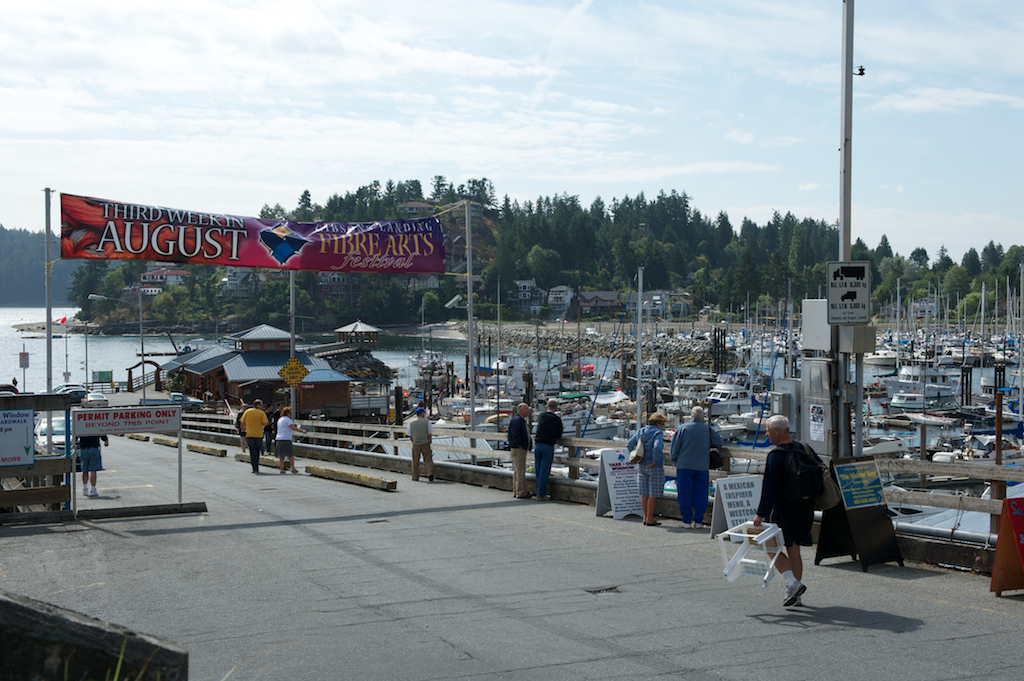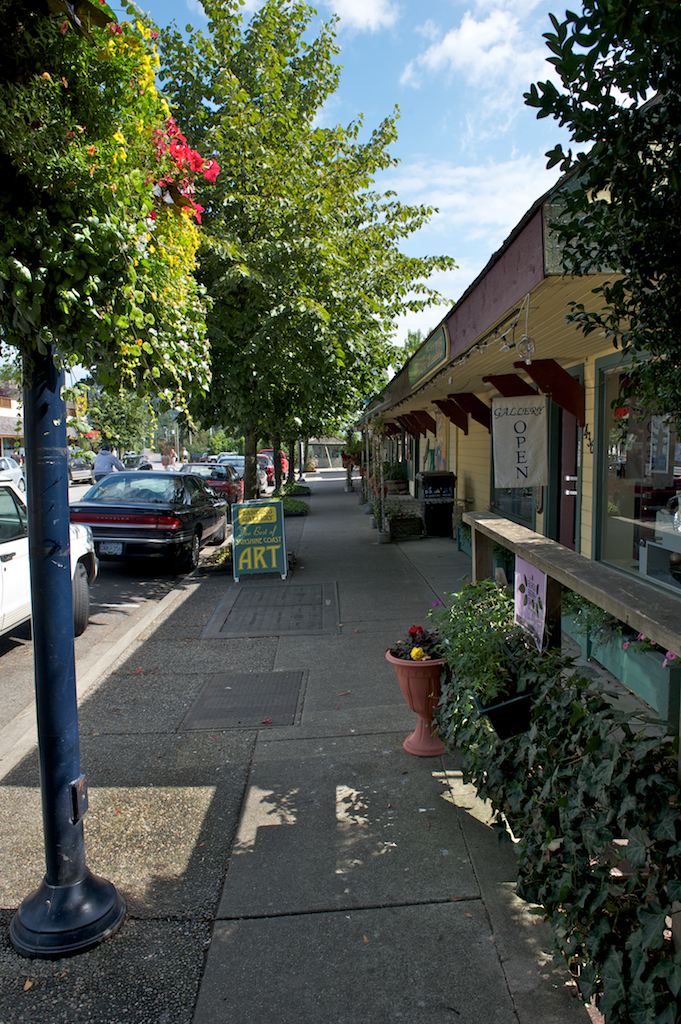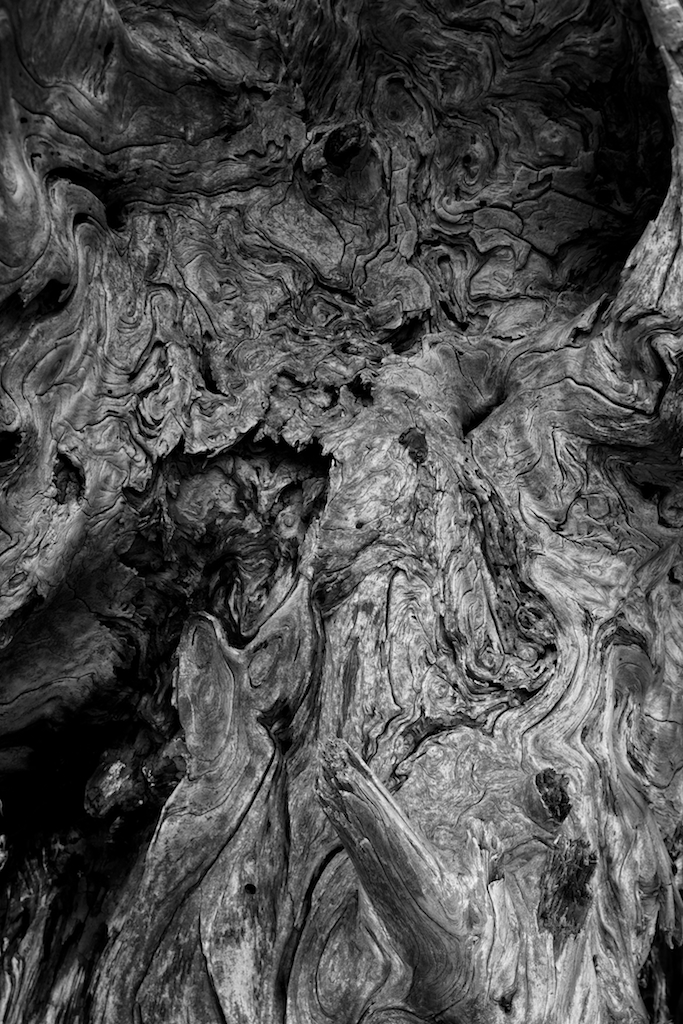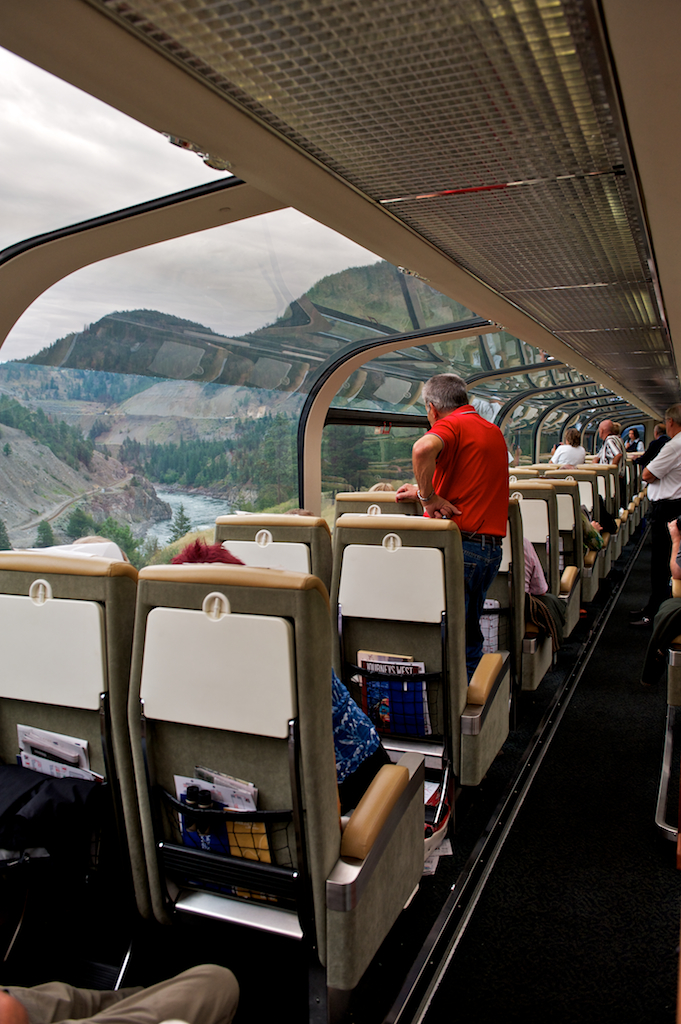
Summarizing My Canadian Rockies Trip
I thought I’d do a wrap-up of my Canadian Rockies trip. There’s no way to soften this; photographically, it sucked! Oh, I snagged some decent images, but not one-tenth of what I had hoped. But, as far as family-bonding time went, that was wonderful, so I’m really not complaining. Okay, maybe a little bit.
The photography challenge was a combination of rainy weather and forest fires. More than 300 fires were burning in British Columbia during my visit, casting nearly every scene in a brownish haze that not even my Singh-Ray polarizer could cut through. To see some great examples of the hazy conditions, please visit the website of one of my blogging regulars, Cindy Kilpatrick. The British Columbia native and photographer has scads of images of the smoke and haze that enveloped her gorgeous province this summer (http://missusk76.wordpress.com/2010/08/29/wanted-smell-o-photo/).
Four of my 14 days were spent on trains. Train travel is great; you get a chance to see the countryside without worrying about the joker tailgating you at 100kph an hour (that’s Canadian for around 60mph, but 100kph sounds more… adventuresome). Dinner is served in a dining car or at your seat, relieving anxiety over which greasy spoon joint the family gets the pleasure of sampling (it’s not the venue that I’m anxious about so much as spending the following 4 hours cramped in an enclosed car suffering the aftereffects of said food venue).
Photography on and from a train, however, is limited. To document my trip as a photojournalist, I took umpteen images of people on the train enjoying themselves; eating, talking, reading, eating, taking photographs from the train, eating. Which brings me to the next point.
Taking photographs from a train ain’t easy. If you’re shooting a DSLR you have an advantage, since you can control more variables such as shutter speed and ISO. With a point-and-shoot your options can be limited. Trains move forward. They roll from side to side. They vibrate. As the train goes through its motions, you are moving, too. Now combine two (or three or four) of those movements and you have what I would call a challenging photography environment (see my blog on “Train Photography” in the Notes from the Field section).
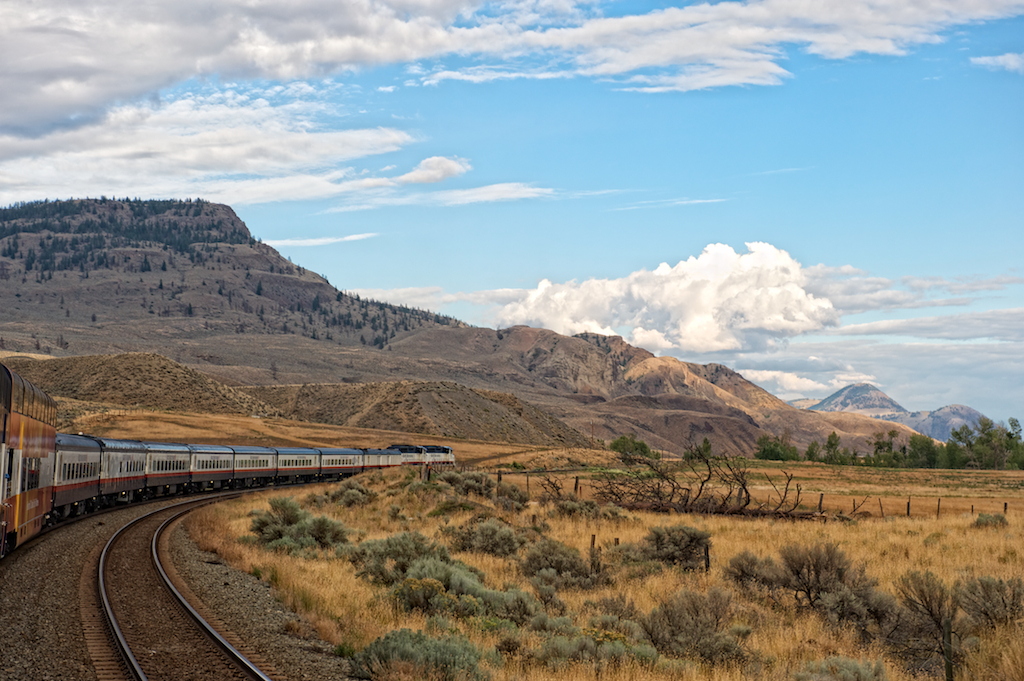
Now add to my frustration the fact that there was an almost constant haze as we rolled through much of British Columbia (I told you to go to Cindy Kilpatrick’s site, didn’t I?) and you could have heard my blood pressure rising. On the plus side I simply put my cameras away for much of the trip and just enjoyed the scenery and the company of my wife and our 16-year old granddaughter (when she wasn’t in a teen funk, that is).
Another two full days – prime shooting time in Jasper National Park- was spent seeking shelter from the deluge. On our rainy 4-hour drive from Jasper to Moraine Lake we did not see a single bear, moose, elk, deer, or coyote. Speak to anyone who has driven the Icefields Parkway during berry season and they will tell you just how unusual that is. It was certainly a first for me.
I’m already planning a winter trip back to the Canadian Rockies, but that will have to wait until 2011 (more likely 2012), since I’m scheduled to be back in the Yukon this winter.
Now for the highlights of my just completed trip and my recommendations:
The Rocky Mountaineer was a delight from our start in Vancouver to our finish in Jasper. If you go, try to indulge and purchase Gold Leaf service, rather than the Red Leaf. It’ll be well worth it for the extra services and upgraded food.
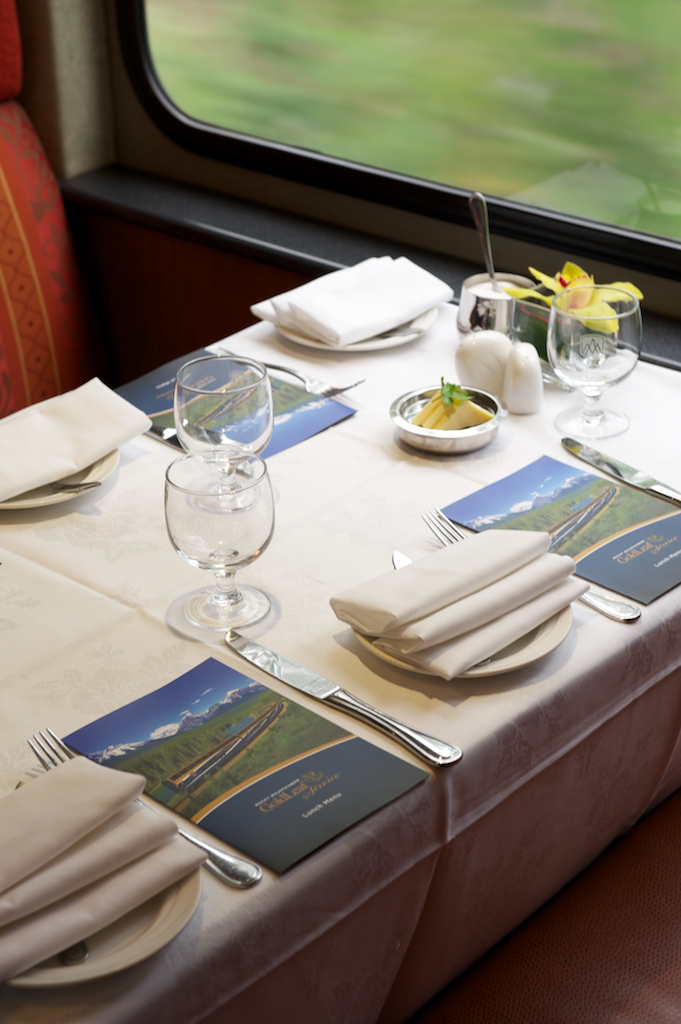
Jasper and Banff National Parks. Look, I’m not saying that we don’t have drop-dead gorgeous parks here in the U.S. But we have to share ours with 300 million other people. Canada, by contrast, has 30 million people and about the same land mass. Do the math. That’s why photographing in Jasper and Banff is usually a pleasure (except for July and August). Best advice: If you’re going to the Canadian Rockies to photograph, you’ve got to pick up Darwin Wiggett’s book, “How to Photograph the Canadian Rockies.” It’ll be the best travel-related investment you ever made. Hint: always carry bear spray with you.
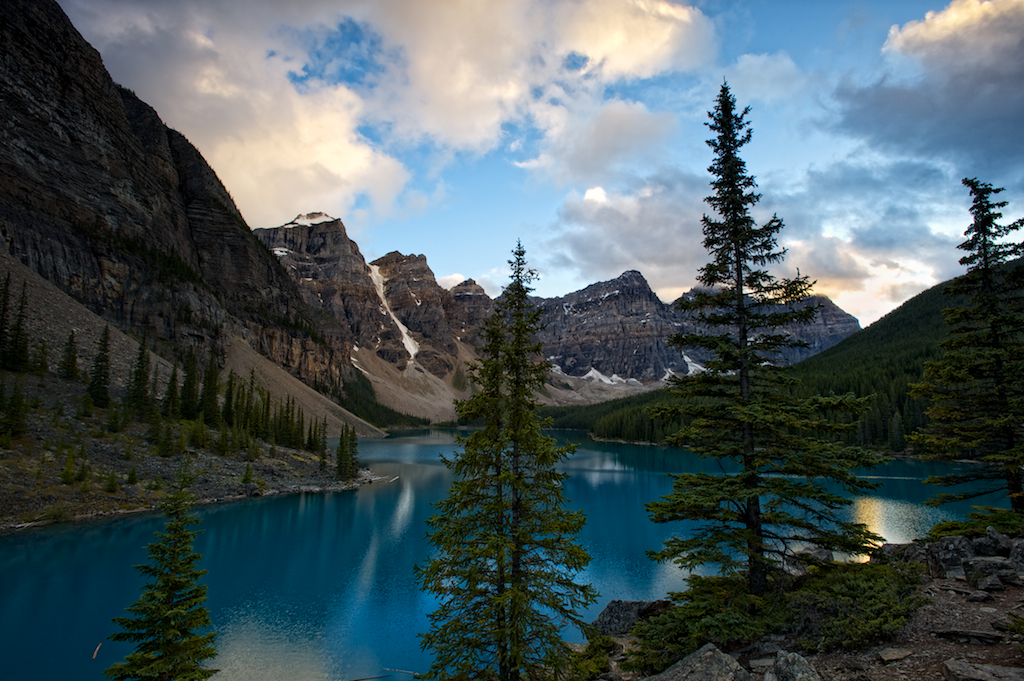
If you plan to visit Moraine Lake, try booking into the Moraine Lake Lodge. I prefer Moraine Lake to its more famous sister, Lake Louise, because the crowds are smaller and the atmosphere at the lake is so spiritual. Be sure to hike the easy trail that goes along the lakeshore to the glacial stream that feeds it.
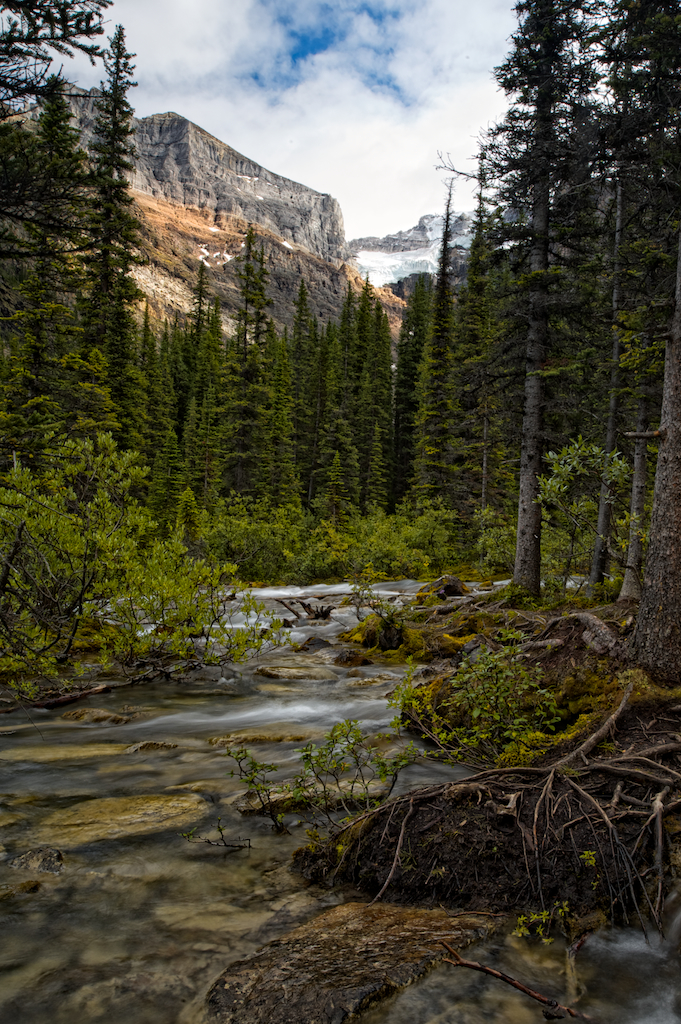
If your plans include visiting Yoho National Park between Lake Louise and Banff, try to book a room at the reasonably priced Cathedral Mountain Lodge. It’s in an odd location- right next to an interesting and historic series of railroad tunnels- but it has great ambience, food and service to match. The cabins are very well designed and spacious. It’s biggest draw is that it sits in the midst of Yoho National Park, a mecca for hikers, bikers and kayakers.
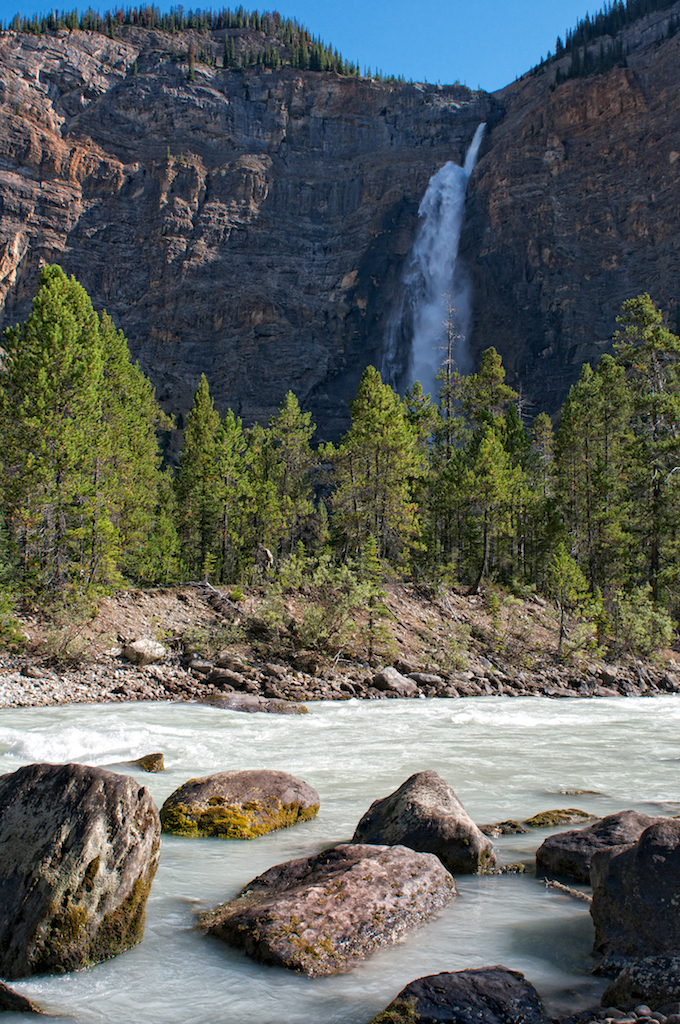
ViaRail is a less expensive alternative to the Rocky Mountaineer and is the only way to get from Jasper to Port Hardy. There is no dining car and the lone observation car is an older vintage than the newer Rocky Mountaineer with its wrap-around windows. However, the service was excellent, thanks to our attendants, Ron and Bruce. The scenery is also spectacular when the haze dissipated.
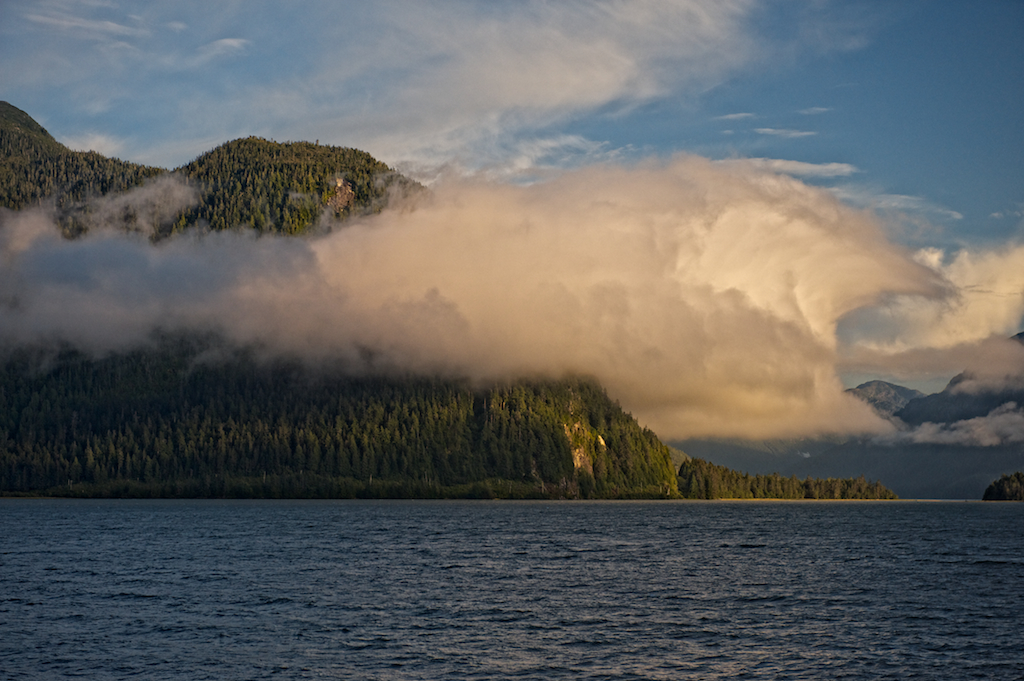
The Prince Rupert to Port Hardy Ferry run by BC Ferries is an incredible experience. The 15-hour journey takes you along the inner passage, so close to the shoreline you could make out bears, elk and moose. The scenery is spectacular as you pass island preserves such as Princess Royal Island, home of the Kermode white spirit bears, all in the safety and comfort of a large ferry.
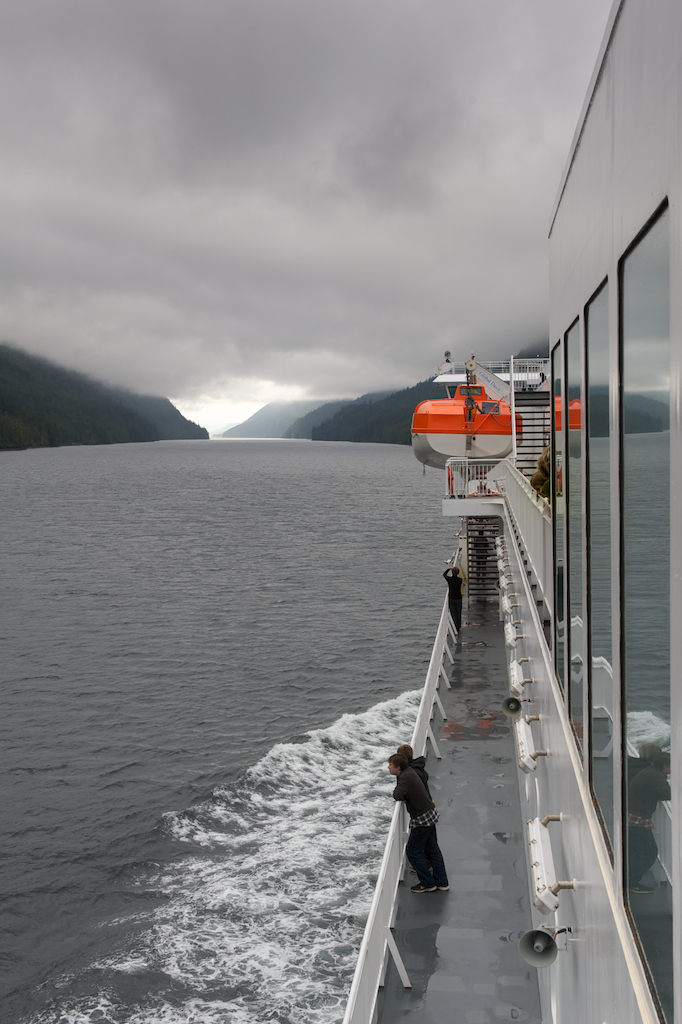
Gibsons, an artsy town on the Sunshine coast of British Columbia is a jewel, its busy harbor surrounded as it is by towering mountains. It’s terrific for hiking, biking, kayaking and just plain ambling through town. Great restaurants, too. I love this place.
